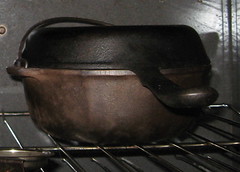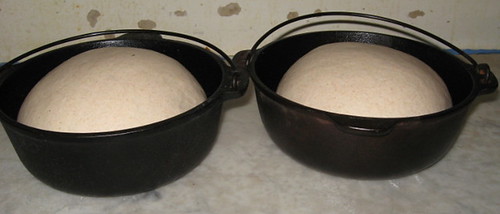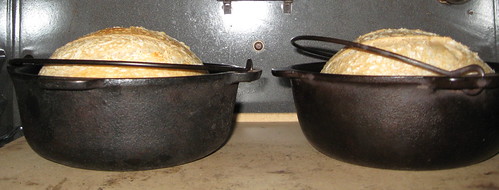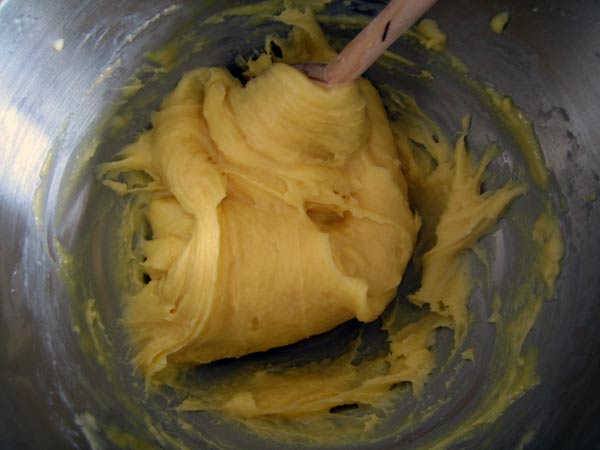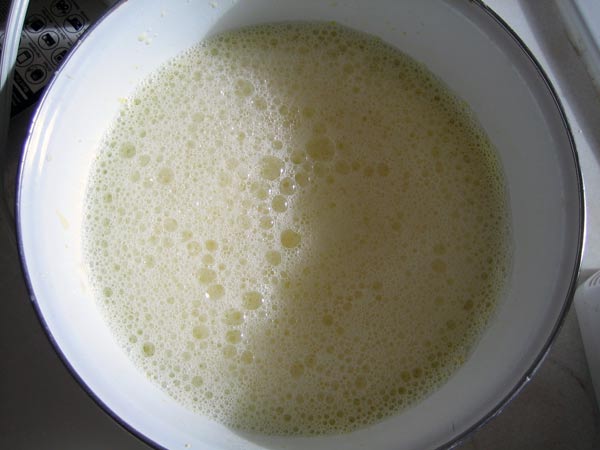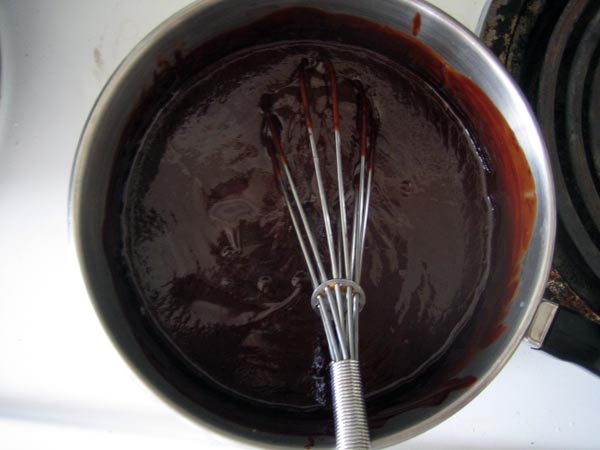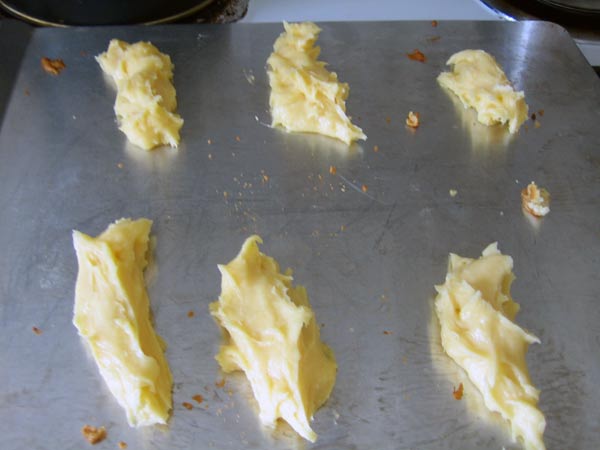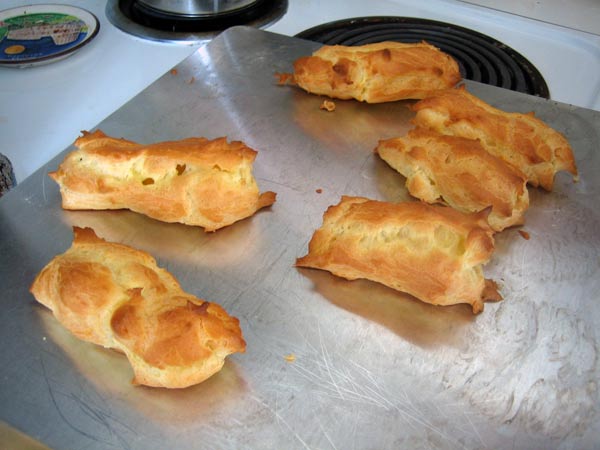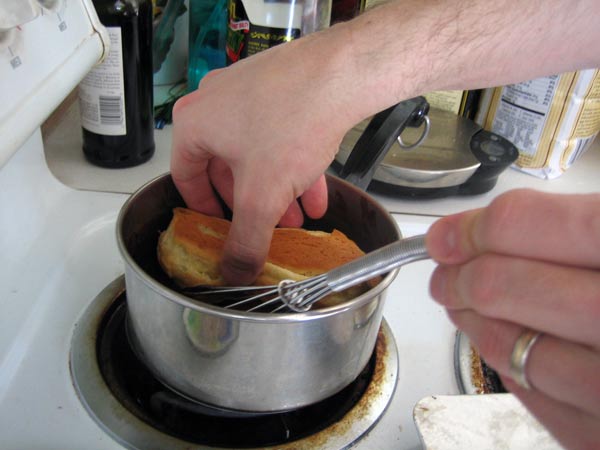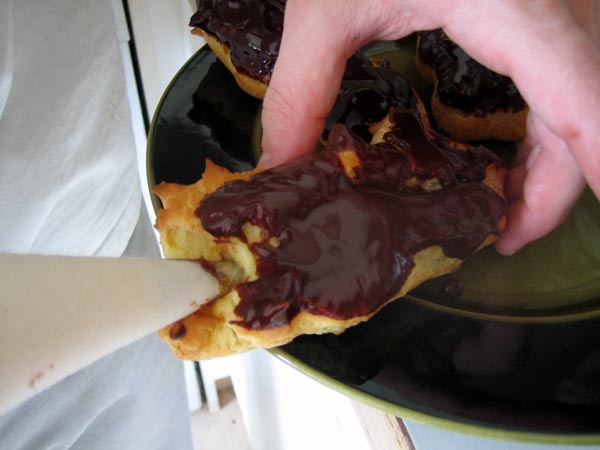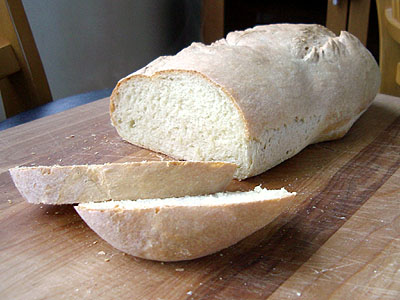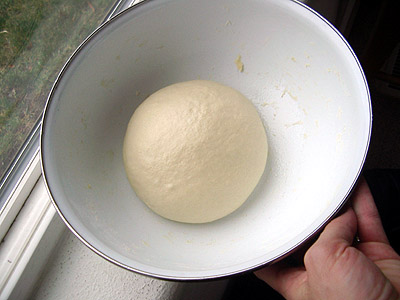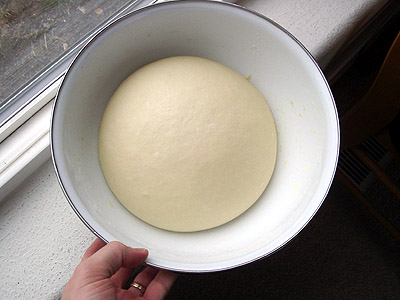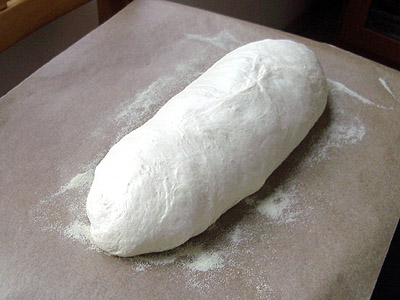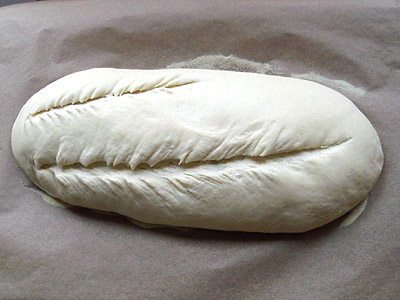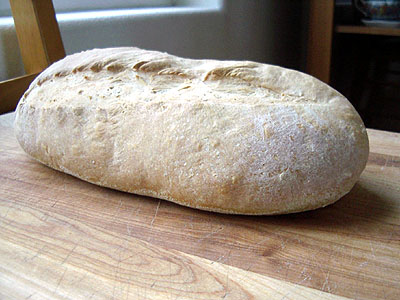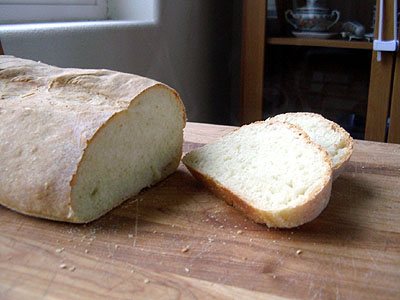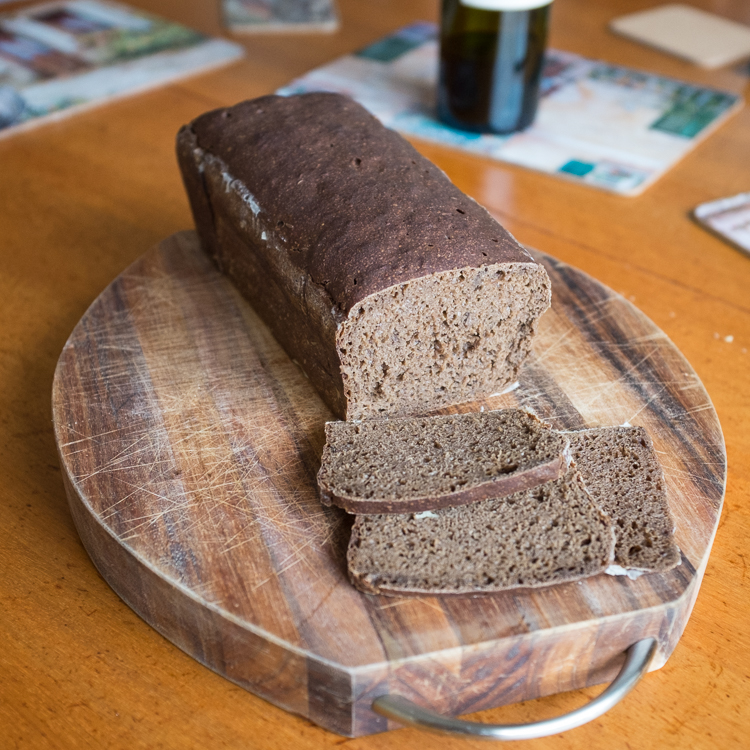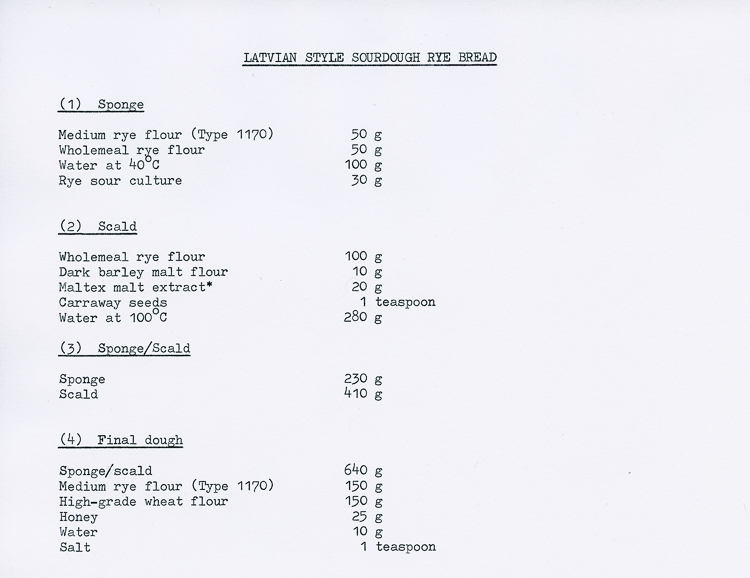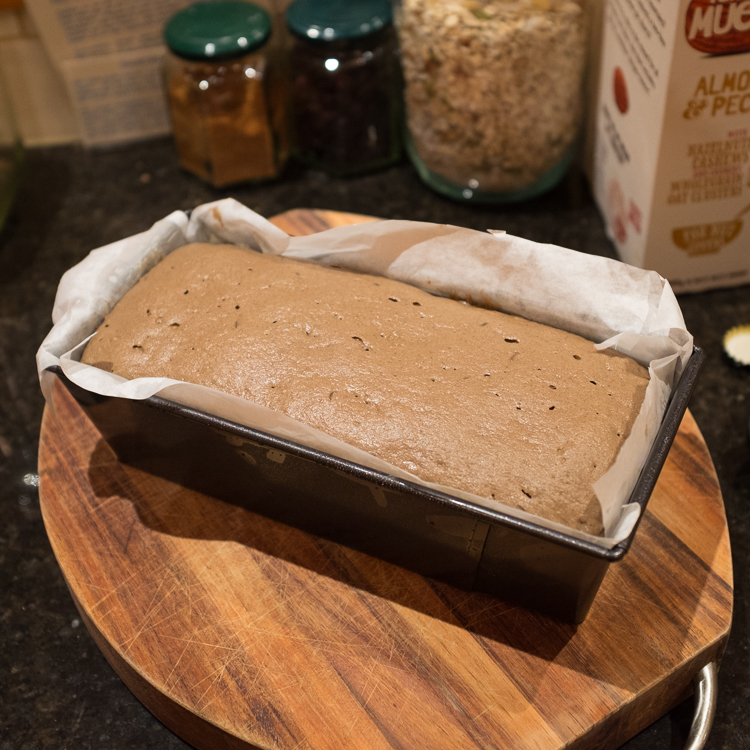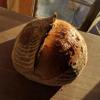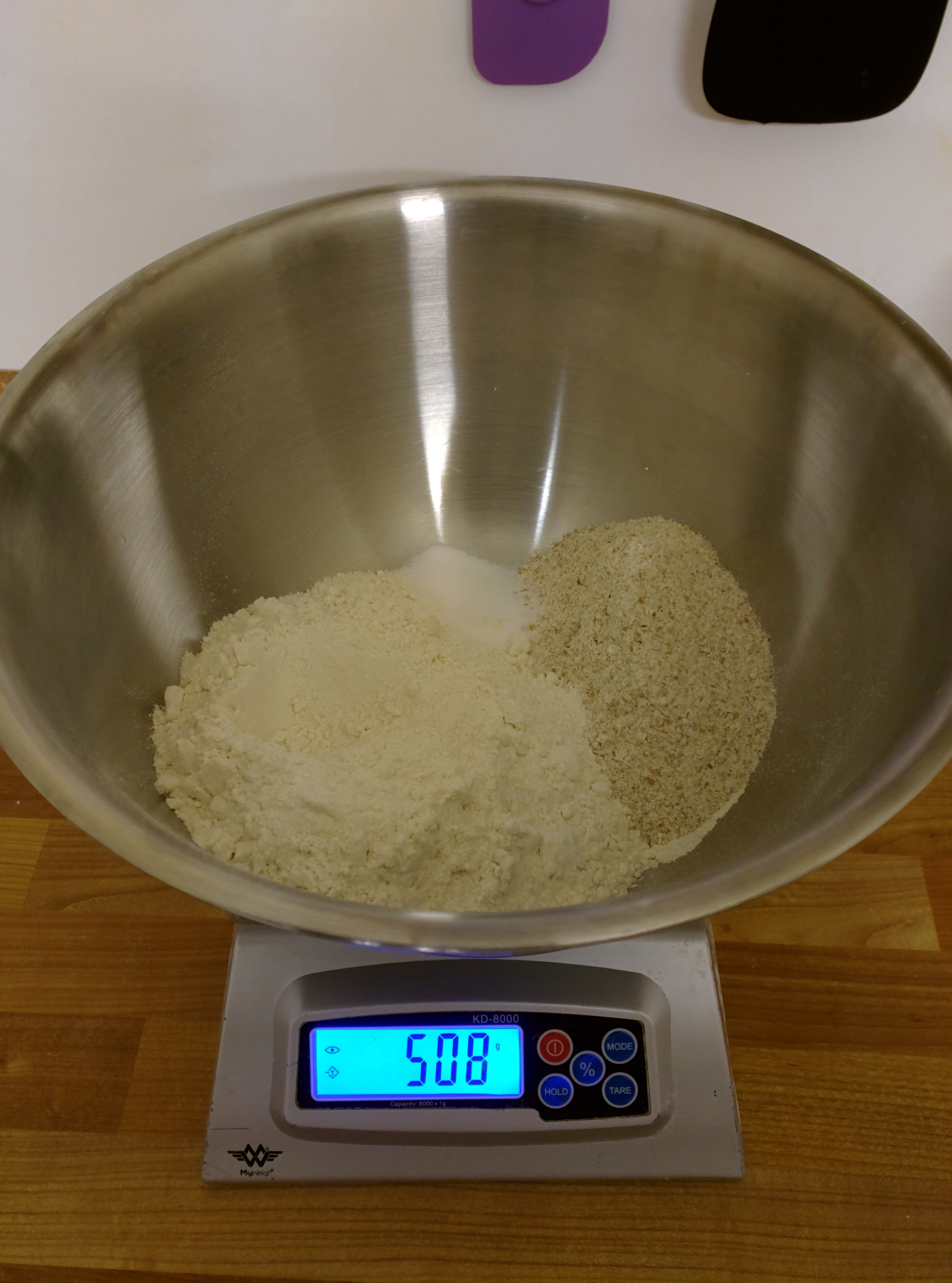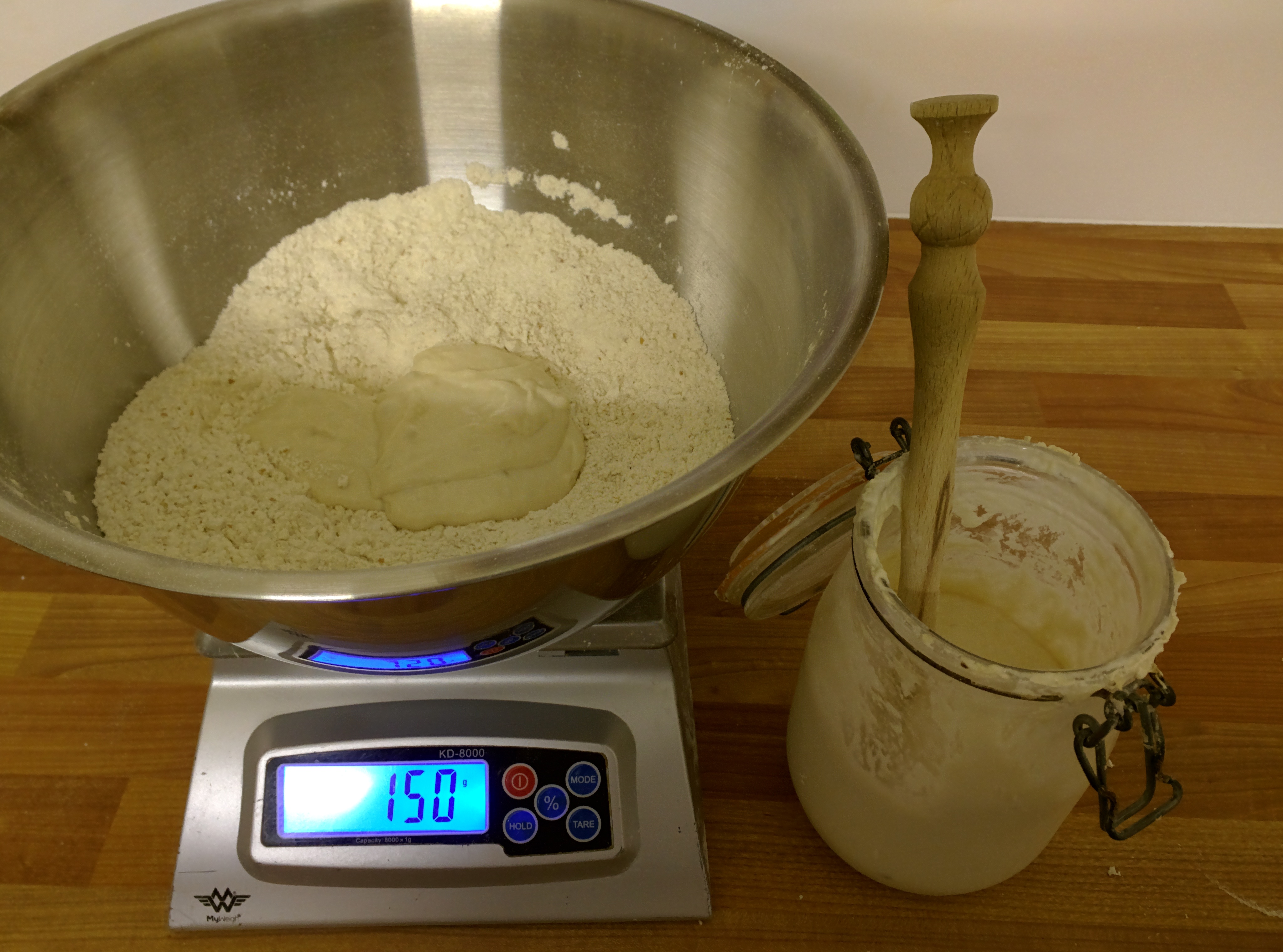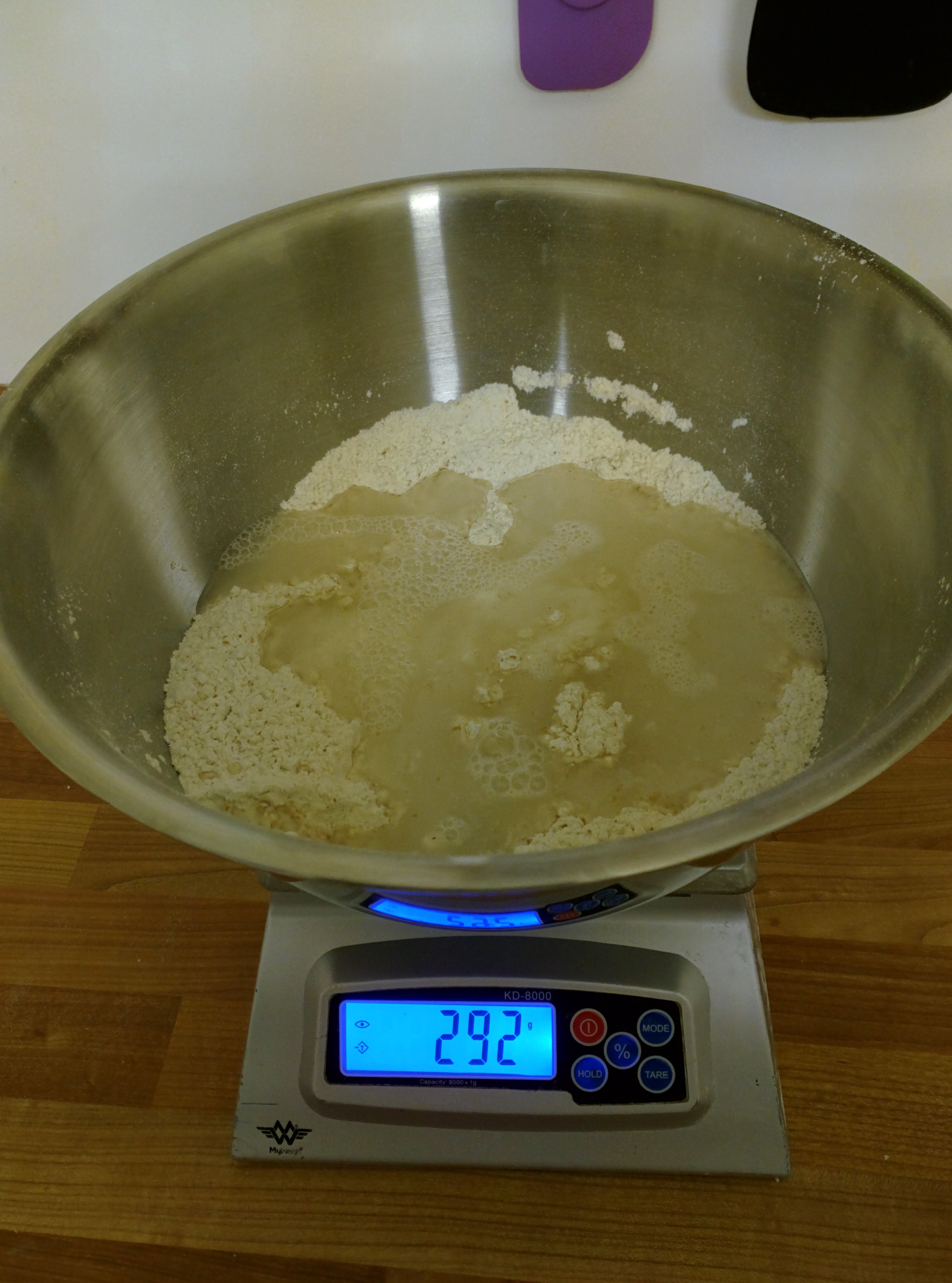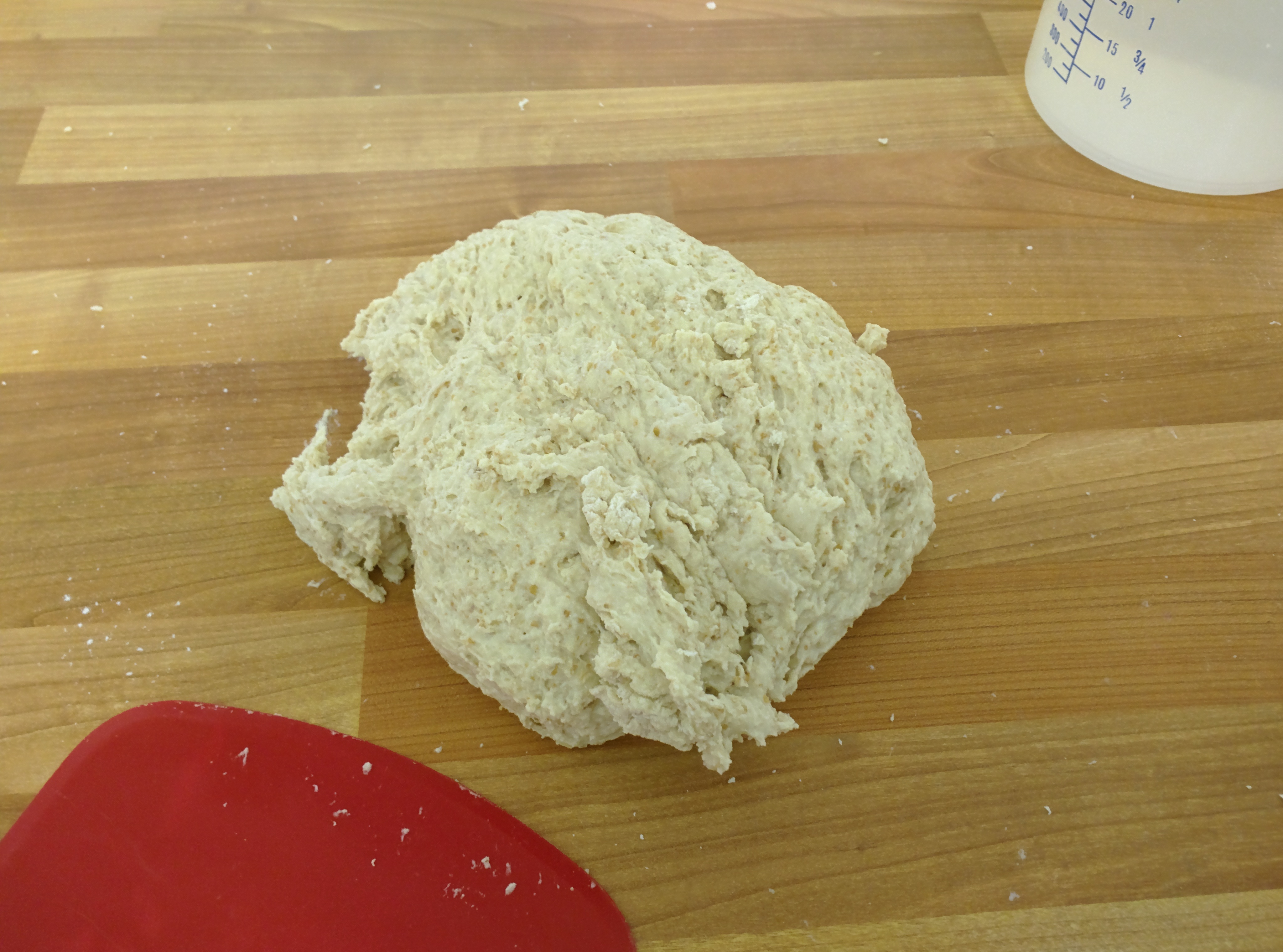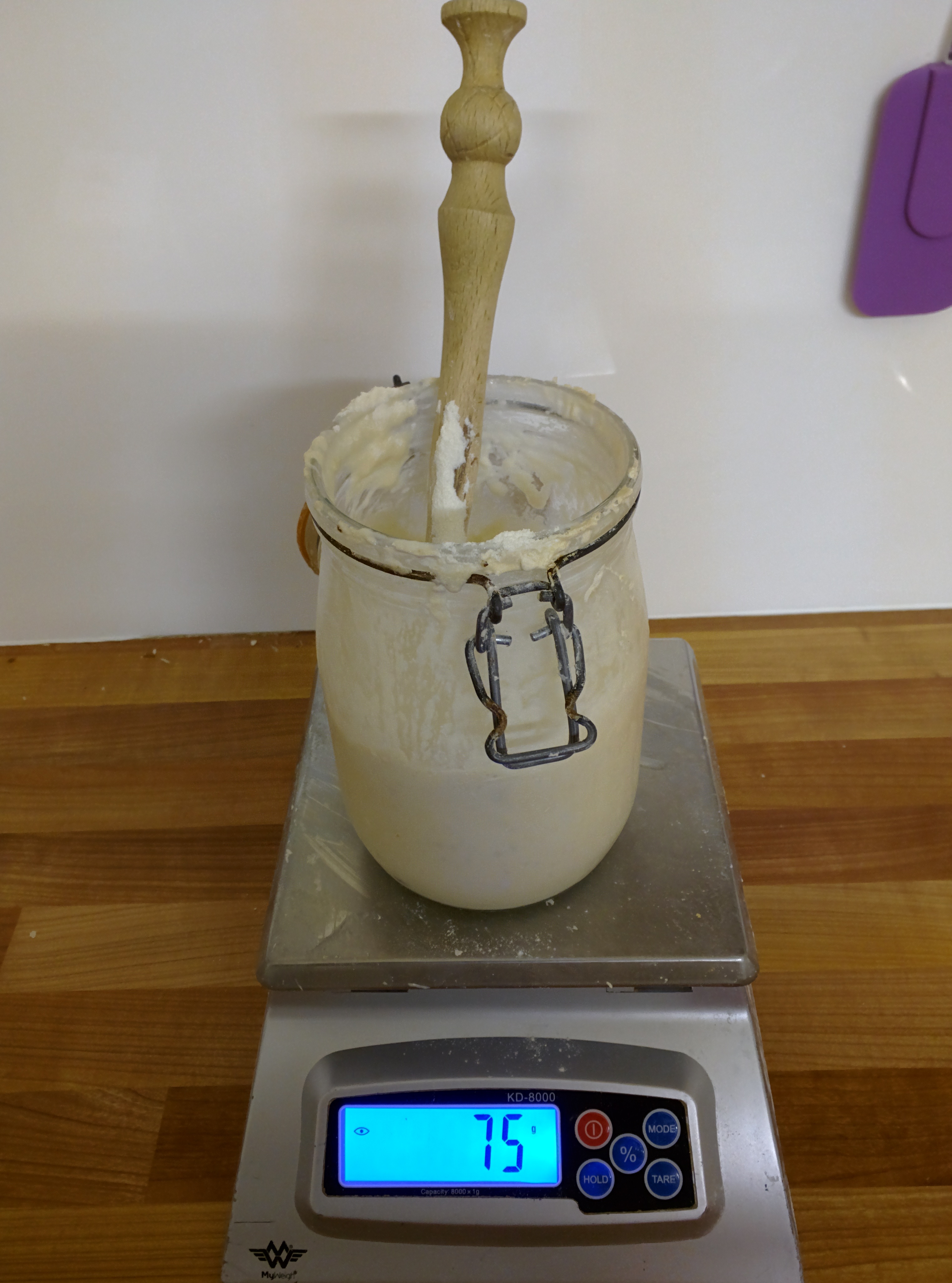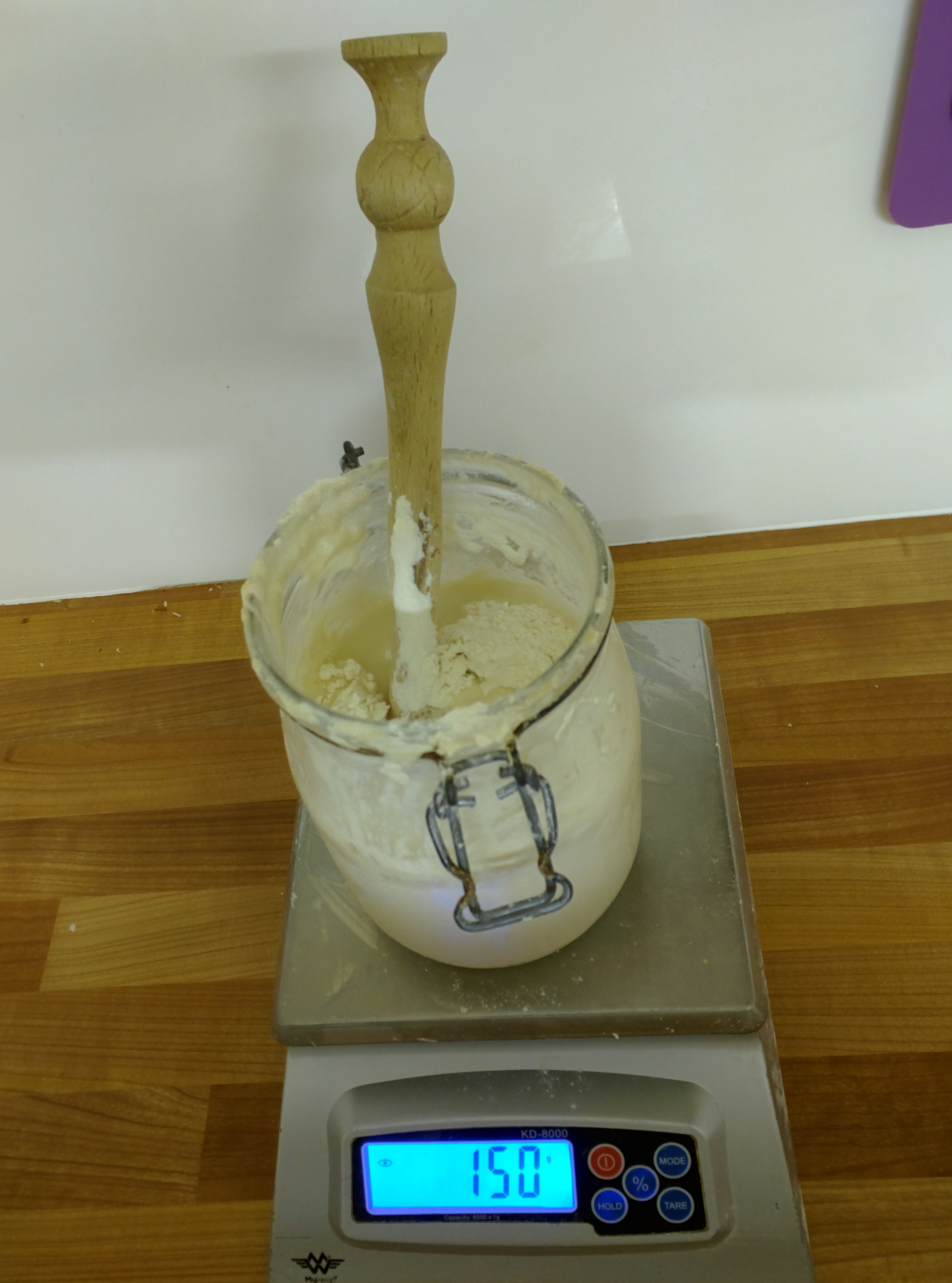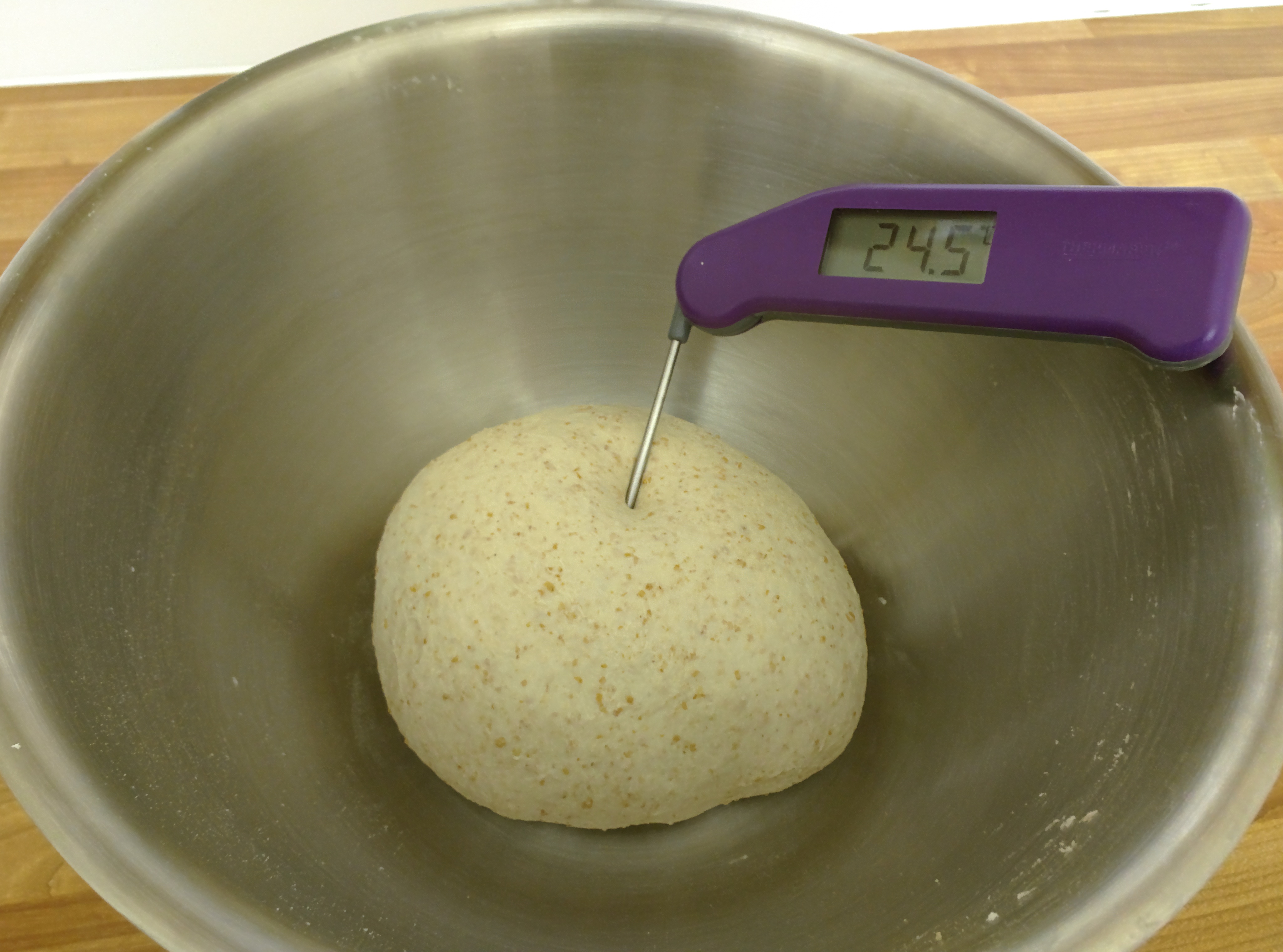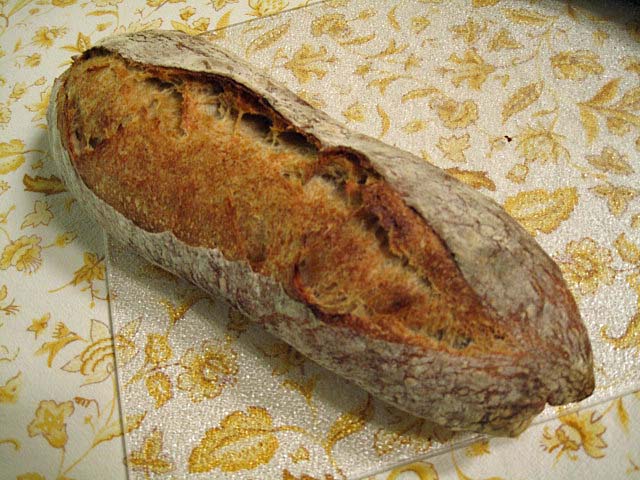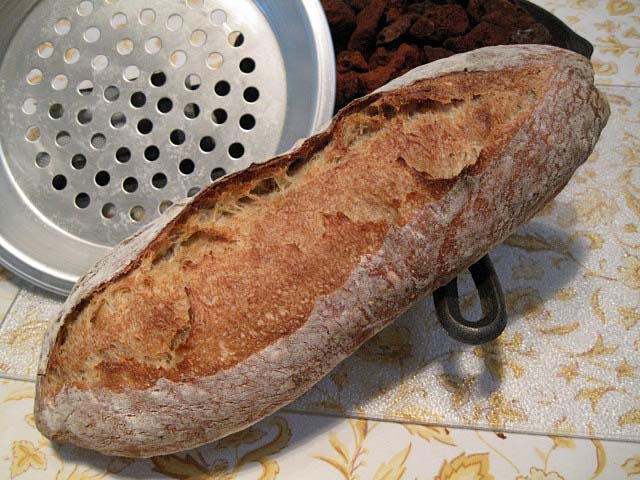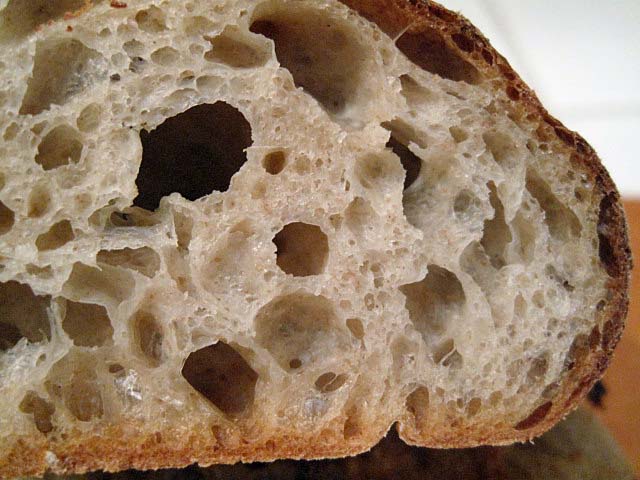Swiss Bake French style flours are traditionally milled by artisan millers and the entire flour range is produced from imported French grown wheat or with a blend of locally grown equivalent wheat varieties.
These quality flours from us are a result of our dedication and passion for well-crafted flour. Each year we produce only a limited quantity of each refined flour on order estimates from our most demanding chefs and bakers.
French classification for flour is based on the resulting amount of residue after processing 10 kg of flour in a 600º C furnace. T45 or Type 45 is the lowest and whitest flour with only around 45 grams of mineral contents left after the burning process and no part of the bran (outer enveloping shell of the grain) remaining. Similarly, T150 has around 150 grams of mineral contents and is considered as whole-wheat flour due to high bran leftover.
- T45 Swiss-Bake French Style Flour, 25kg bag
Soft Wheat, White Fine flour for cakes
Pure French style flour, perfect for making high quality cakes and sweets. It is fine, soft and white in colour. It is very light in texture and has very little mineral content. T45 is finely ground flour using the soft wheat varieties.
It is not suitable for bread but is typically used for brioche and sometimes for croissants. T45 refers to the amount of mineral content that is left after burning the flour i.e. T45 has 0.45% mineral content.
T45 flour is equivalent to Type 00 Italian flour, Euro 450 flour type and American Cake flour.
Mineral Content : 0.40% – 0.45%
Protein Content : 8.50% – 9.50%
Key Ingredients: 100% milled soft wheat
Swiss-Bake French style T45 flour is neither bleached nor chlorinated.
Hard Wheat White flour for baking
Strong French style White Bread Flour; type T55 is ideal for making bread, puff pastries, croissants and baguettes. This type of flour is best known for making croissants. This Flour gives a light open textured loaf with a crisp crust. It is medium in protein content, and when this protein is mixed with water it forms gluten. Traditional French bread is made with only flour, yeast and water. That’s the reason why good quality flour is a must.
The 55 refers to the amount of mineral content that is left after burning the flour i.e. T55 has about 0.55% mineral content.
T55 flour is equivalent to Type 0 Italian flour, Euro 550 flour type and American all purpose flour.
Mineral Content : 0.50% – 0.55%
Protein Content : 11.0% – 12.0%
Key Ingredients: Wheat Flour, Wheat Gluten, Malted Wheat flour, Cereal Amylase
Swiss-Bake French style T55 flour is non-fortified, unbleached and non-bromated
Extra Strong Bread flour for little dark breads
Strong French style little coarse Bread Flour; type T65 is ideal for making baguettes and artisan dark breads. This type of flour is best known for making baguettes. This flour gives a light open textured loaf with a crisp crust. It is high in protein content and has phenomenal fermentation tolerance.
The 65 refers to the amount of mineral content that is left after burning the flour i.e. T65 has about 0.65% mineral content.
T65 flour is equivalent to Type 1 Italian flour, Euro 650 flour type and high gluten bread flour.
Mineral Content : 0.60% – 0.65%
Protein Content : 12.0% – 13.5%
Key Ingredients: Wheat Flour, Wheat Gluten, Malted Wheat flour, Cereal Amylase
Swiss-Bake French style T65 flour is non-fortified, unbleached and non-bromated
T150 Swiss-Bake French Style Flour, 25kg bag
Coarse ground wholemeal flour for baking
Wholemeal French style coarse Flour; type T150 is ideal for making whole wheat, high fibre artisan breads and baguettes. This type of flour is best suited for all your whole wheat baking needs. This flour gives a brown textured loaf with a crisp crust. It is high in mineral content & protein and gives a nice wholemeal aroma. This wholesome flour gives nutrition, texture and flavour of wholemeal (including bran & germ)to everything that you bake with it.
The 150 refers to the amount of mineral content that is left after burning the flour i.e. T150 has about 1.50% mineral content.
T150 flour is equivalent to Type 2 Italian flour, Euro 1150 flour type and whole meal bread flour.
Mineral Content : 1.25% – 1.50%
Protein Content : 12.0% – 13.5%
Key Ingredients: Whole Wheat Flour, Wheat Gluten, Malted Wheat flour, Cereal Amylase
Swiss-Bake French style T65 flour is non-fortified, unbleached and non-bromated
Perfect Pizza flour
Perfect Pizza flour made using custom blend of durum and all-purpose flour along with dough conditioners and functional enzymes. It is fine milled flour with higher protein content for a perfect crust. This flour shows outstanding fermentation tolerance, good water absorption and improved strechibility strength. The dough is easy to shape and gives crispiness to the baked crust.
Swiss-Bake Pizza flour is equivalent to Type 00 Italian flour and other imported Pizza flour.
Mineral Content : 0.45% – 0.50%
Protein Content : 11.0% – 12%
Key Ingredients: Wheat Flour, Dough Conditioners, Malted Wheat flour, Cereal Amylase, Salt
Swiss-Bake Pizza flour is non-fortified, unbleached and non-bromated.
Our Rye Flour gives a dense and dark texture with full rye flavour. This flour can be used in combination with refined wheat flour to make varieties of rye sandwich breads and other artisan rye breads.
Rye Flour Type 1150
This dark medium granulation flour is milled from imported German rye grains and grits. It is slightly dark and milled closer to bran than the endosperm. It gives a dense and dark texture with full rye flavour (slightly sour). This flour can be used in combination with refined wheat flour to make varieties of rye sandwich breads and other artisan rye breads.
Rye Flour Type 1150 is equivalent to a medium to dark rye flour.
Mineral Content : 1.25% – 1.35%
Protein Content : 8.0% – 9.0%
Key Ingredients: 100% Rye flour
Swiss-Bake Rye flour is non-fortified, unbleached and non-bromated.
Keywords: Rye flour, German Flour, dark Flour, American Rye, Rye Bread Bakery ingredients, Pumpernickel
————————————————————————————————————









